Winners of the 2017 AIA Institute Honor Awards - Architecture
By Justine Testado|
Monday, Jan 16, 2017
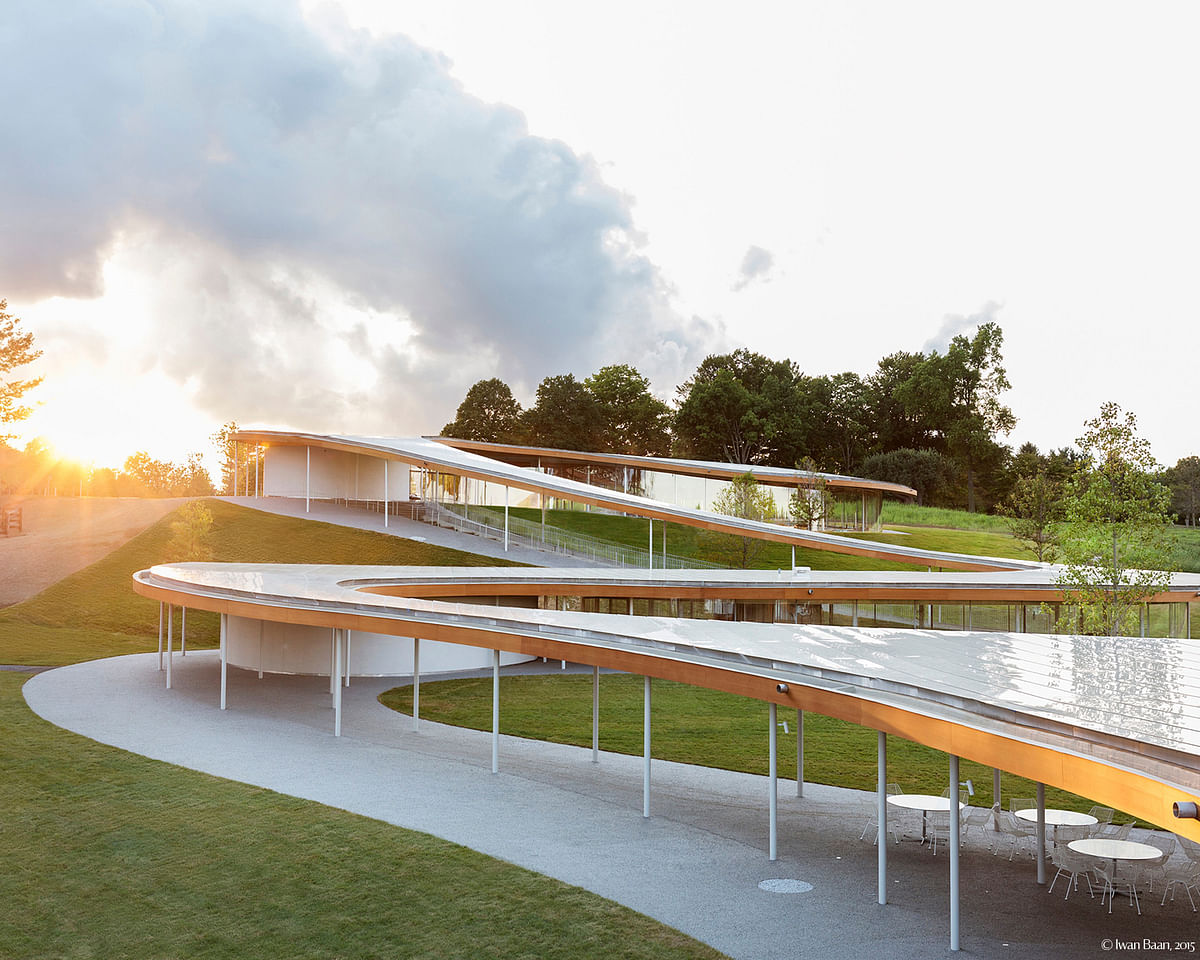
Related
The AIA recently revealed the winners of the 2017 AIA Institute Honors Awards, which are regarded as the profession's highest recognition for outstanding projects in the categories of architecture, interior architecture, and urban design. As always, the Awards attract tough competition between several top-notch design firms from the U.S. and abroad.
Out of nearly 700 submissions, a total of 23 recipients won awards. In the Architecture category, the jury (listed below) awarded 11 projects. Winning designers included SANAA, ZGF, nARCHITECTS, and Tod Williams Billie Tsien Architects, to name a few. The winners will be honored during the 2017 AIA Conference in Orlando.
Check out more of the winning projects below. Also be on the lookout for the Interior Architecture and Urban Design winners!
Grace Farms; New Canaan, CT
SANAA; Associate Firm: Handel Architects
"Grace Farms was established with the idea that “space communicates” and can inspire people to collaborate for good. To realize this vision, Grace Farms Foundation appointed SANAA to create a porous, multipurpose building nestled within an 80-acre landscape that would encourage people to engage with nature, the arts, justice, community, and faith. The River building emerged as a new kind of public space that embodies these aspirations. Its sinuous structure is comprised of 203 individually curved glass panels containing five volumes: a sanctuary; library; commons; pavilion; and partially submerged Court."
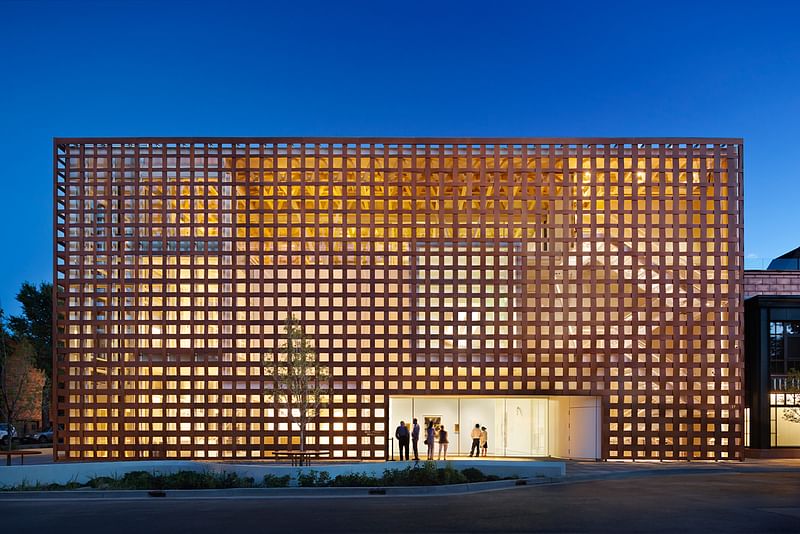
Aspen Art Museum; Aspen, CO
Shigeru Ban Architects; Associate Firm: CCY Architects
"Founded in the late 1970s as a non-collecting institution, the Aspen Art Museum worked in tandem with the design team to determine programmatic needs and to ensure its new home completely supported the art it hangs. Adhering to a strict 18-month construction schedule, the new museum opened in 2014 and has seen a 400 percent increase in visitorship and a 1,140 percent increase in the number of students served by the museum’s educational outreach initiatives. Three floors—two above ground, one below—are dedicated to gallery space, while the top floor includes an ample multiuse space, café, and public terrace with sweeping views of the Rockies."
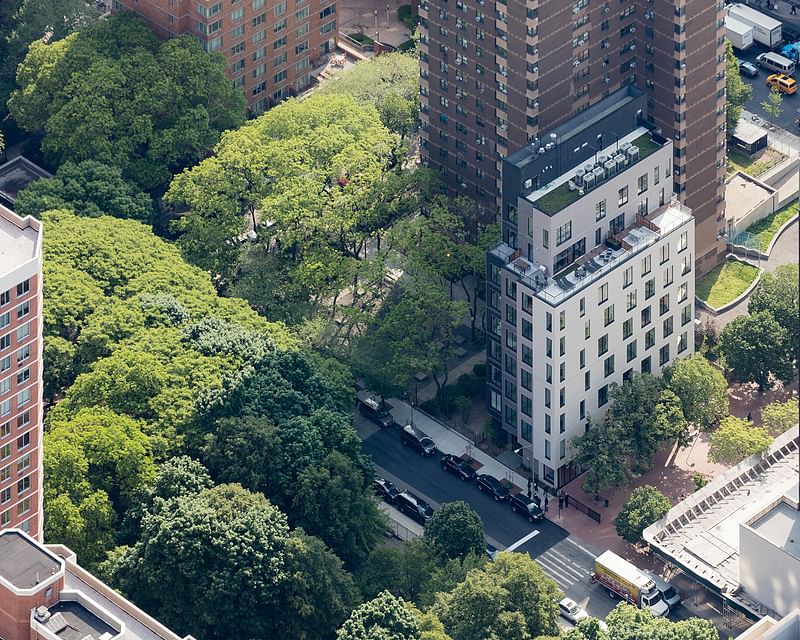
Carmel Place; New York, NY
nARCHITECTS
"Winner of the 2012 adAPT NYC competition for New York City’s first micro-unit apartment building, Carmel Place represents a new housing paradigm for the city's growing small household population. The design of the 9 story building’s 55 units aims for spaciousness and luminosity through the implementation of 9’-8” ceilings, 8’ tall sliding windows and Juliet balconies. With a goal of conveying the residents’ nested scales of community, afforded by varied interior and exterior shared spaces, the building’s brick exterior massing resembles four slender “mini-towers” – a microcosm of the city’s skyline."
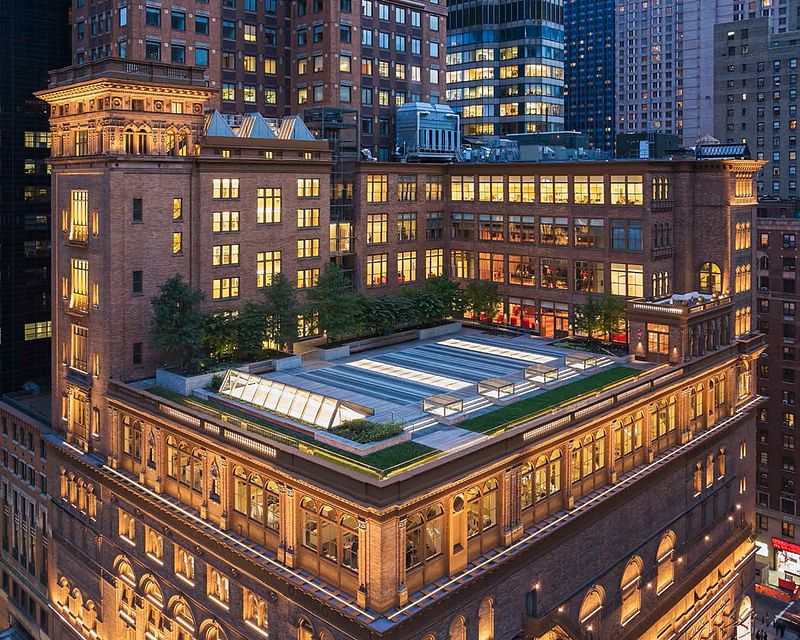
Carnegie Hall Studio Towers Renovation Project; New York, NY
Iu + Bibliowicz Architects LLP
"The Carnegie Hall Studio Towers Renovation Project centered on: renovation, reorganization, and repurposing of 167,000 square feet of non-performance venues at the National Historic site. The 7-year project encompassed the creation of a Music Education Wing, new roof terrace, consolidation of administrative offices, expanded backstage space and functionality, and façade lighting to showcase the landmark. Substantial interior structural modifications and infrastructure upgrades aided in the success of the renovation. The project was awarded LEED Silver Certification, one of the oldest and most notable buildings in the country with such distinction."
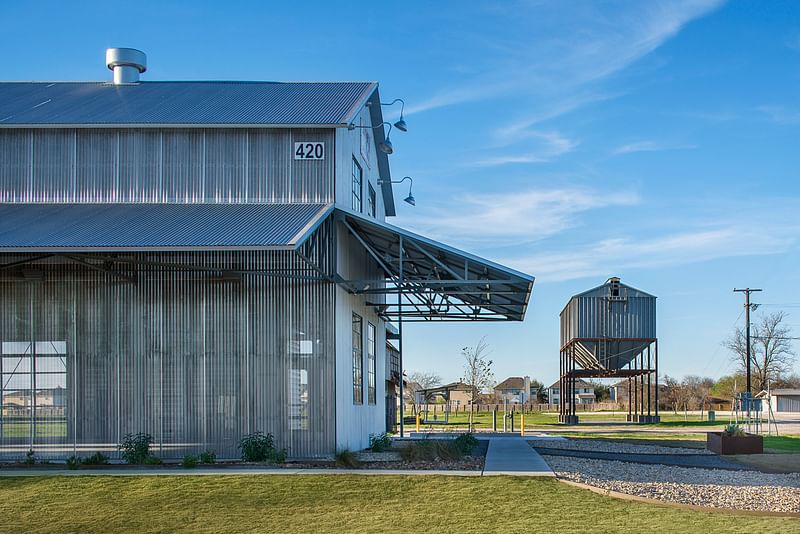
The Cotton Gin at the CO-OP District; Hutto, TX
Antenora Architects LLP
"The reuse of the two existing cotton gin structures is the first piece of a 2012 master plan to revitalize the site, which was purchased by the City of Hutto. Both structures were selectively deconstructed and reused to create a single open-air 6,500-square-foot public events space. The new building is wrapped in perforated stainless steel that reflects the hot Texas sun during the day and provides intriguing transparency at night. The design team succeeded in creating a flexible space for public and private events that complements everything from programmatic functions of the local library and farmer’s markets to artisan fairs and wedding receptions."
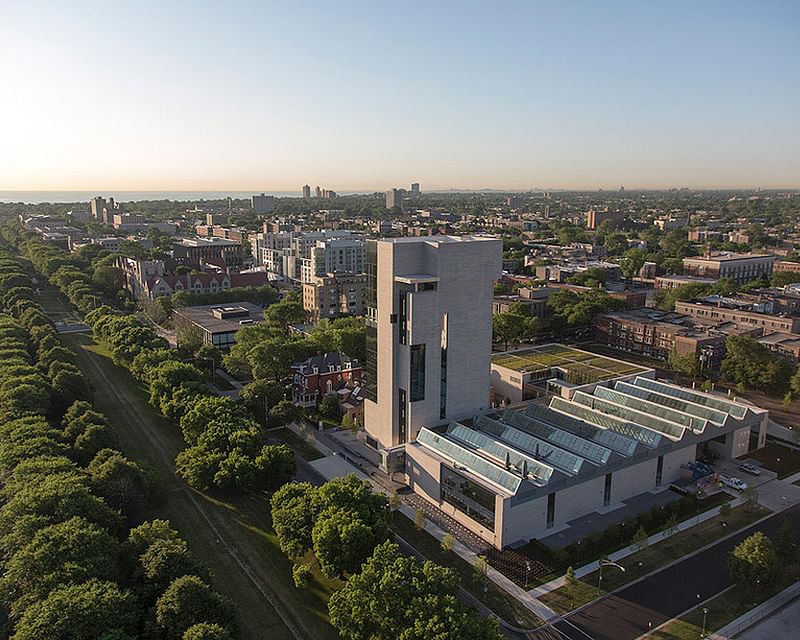
Reva and David Logan Center for the Arts; Chicago, IL
Tod Williams Billie Tsien Architects | Partners; Associate Firm: Holabird & Root
"Sitting on the southern edge of Chicago’s Midway, the Center houses the University of Chicago’s visual arts, film, music, and theater programs, finally uniting the programs under one roof. The building comprises a 10-story tower and an adjacent two-story “podium.” Both are clad in Missouri limestone cut into four-foot lengths and laid as bricks. The material echoes the limestone found on the University’s neo-Gothic structures as well as Frank Lloyd Wright’s Robie House, also located on campus. Bathed in natural light, the smaller building is lit by north-facing skylights throughout its many creative spaces."

St. Ann's Warehouse; Brooklyn, NY
Marvel Architects
"Beneath the Brooklyn Bridge, Marvel Architects has brought the brick and mortar ruins of the historic Tobacco Warehouse back to life, creating a new theater space for renowned presenter St. Ann's Warehouse. Leading a team of Silman, Buro Happold and Charcoalblue, Marvel created a controlled acoustical environment using natural state materials - concrete, blackened steel, Douglas fir plywood. With a respectful sleight of hand, a new roof floats atop a ribbon of solid glass brick. Adjacent to the theater is a trapezoidal garden designed with Michael Van Valkenberg Landscape."
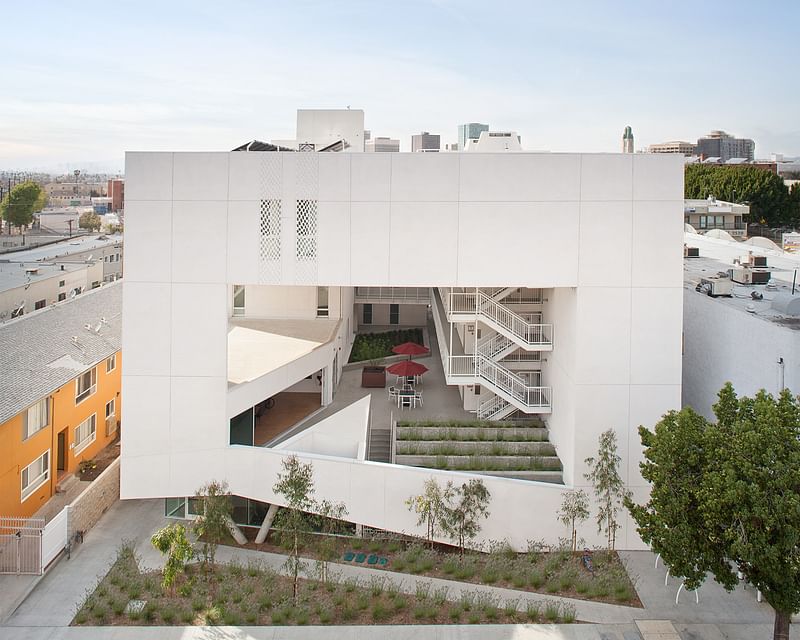
The Six Affordable Veteran Housing; Los Angeles, CA
Brooks + Scarpa
"The SIX is a 52-unit LEED Platinum affordable housing and support services building for disabled veterans. Located in the MacArthur Park area of Los Angeles which has one of the highest densities in the USA with a total population of 120,000 people in 2.72 square miles. The SIX breaks the prescriptive mold of the traditional shelter by creating public and private "zones" in which private space is deemphasized, in favor of large public areas. The organization is intended to transform the way people live-away from a reclusive, isolating layout towards a community-oriented, interactive space."
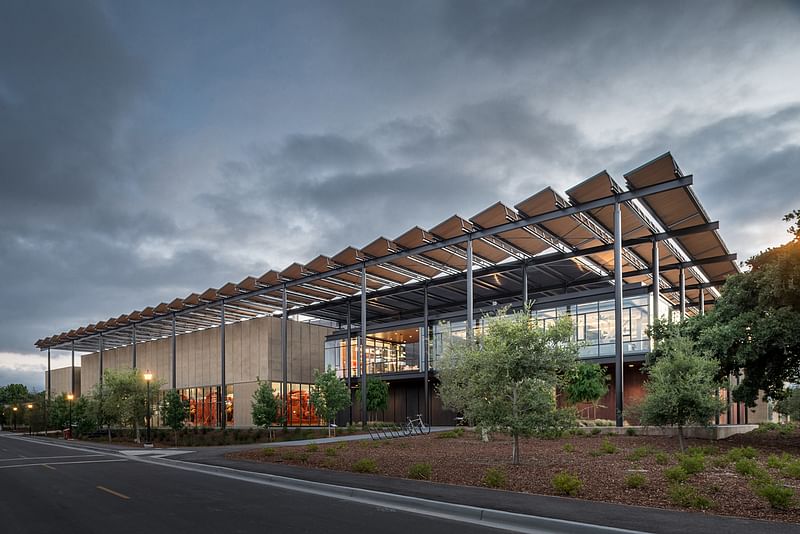
Stanford University Central Energy Facility; Stanford, CA
ZGF Architects LLP
"The Central Energy Facility is the heart of Stanford University's transformational campus-wide energy system, projected to reduce greenhouse gas emissions by 68%. The centerpiece of this composition of large, industrial components is a central courtyard pivoting around a 2.5-million-gallon hot water thermal storage tank, showcasing the energy plant’s mission. The architecture takes its cues from Stanford’s rich heritage: the Stanford arcade is reimagined as PV trellis; integrally colored cast-in-place concrete nods to the prevalent limestone; and weathered CorTen steel accents suggest terra-cotta tile roofs that give the campus much of its character."
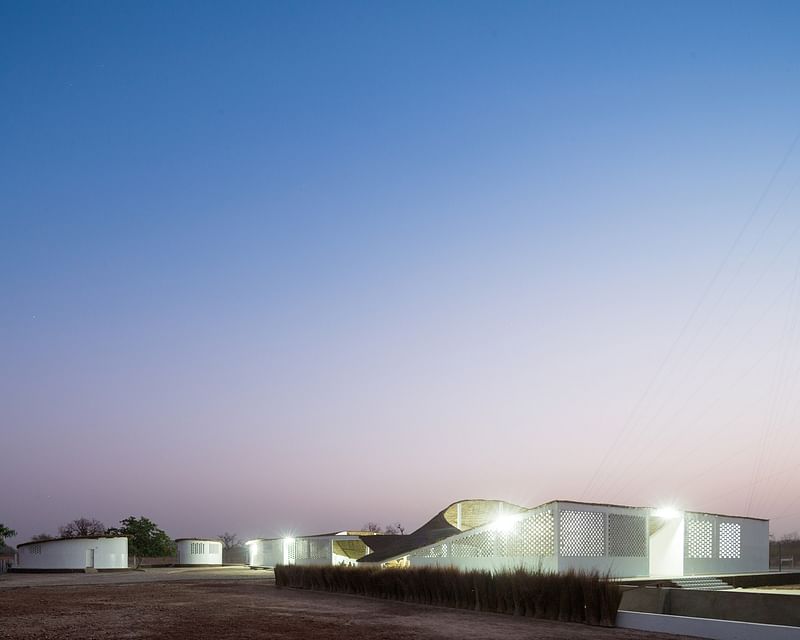
THREAD: Artists' Residency and Cultural Center; Sinthain, Senegal
Toshiko Mori Architect
"Located in the remote village of Sinthian, Senegal, this project offers multiple programs for the community, including a gathering space, performance center, and residency for visiting artists. In the design, a parametric transformation of the traditional pitched roof inscribes a series of courtyards within the plan of the building while also creating shaded, multi-purpose areas around the perimeter of the courtyard. The inversion of the roof creates an effective strategy for the collection and storage of rainwater, capable of fulfilling substantial domestic and agricultural water needs for the community. Relying exclusively on local materials and construction techniques, the building’s traditional structure is formed primarily of bamboo and spaced-brick walls that absorb heat and promote airflow through the building interior."
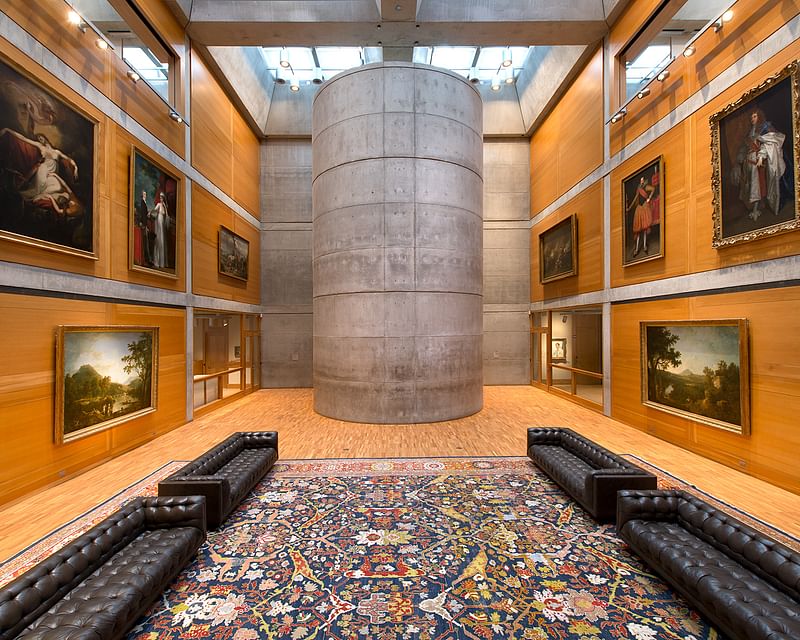
Yale Center for British Art Building Conservation Project; New Haven, CT
Knight Architecture
"Following nearly forty years of continuous operation, the Yale Center for British Art, designed by Louis I. Kahn and recipient of AIA’s Twenty-five Year Award, faced mounting programmatic, infrastructural, and operational pressures which threatened to degrade its extraordinary architectural character. The multi-year conservation project renewed interior finishes that had grown tired and worn; restored and expanded teaching spaces that were oversubscribed and underequipped; fortified spaces for exhibition, storage, and study of the growing collection; and replaced vital building systems which had reached the end of their practical life."
The 2017 Architecture jury: Mark Reddington, FAIA (Chair), LMN Architects; Gregory P. Baker, AIA, HNTB Architecture; David Cordaro, AIAS Representative; Leslie K. Elkins, FAIA, Leslie K. Elkins Architect; Timothy J. Johnson, AIA, NBBJ; William Q. Sabatini, FAIA, Dekker/Perich/Sabatini; Adrian D. Smith, FAIA, Adrian Smith + Gordon Gill Architecture; Beatrice Spolidoro, Assoc. AIA, Rothschild Doyno Collaborative and Marilyn Terranova, PhD, Interim Superintendent, Pocantico Hills CSD.

Share
0 Comments
Comment as :